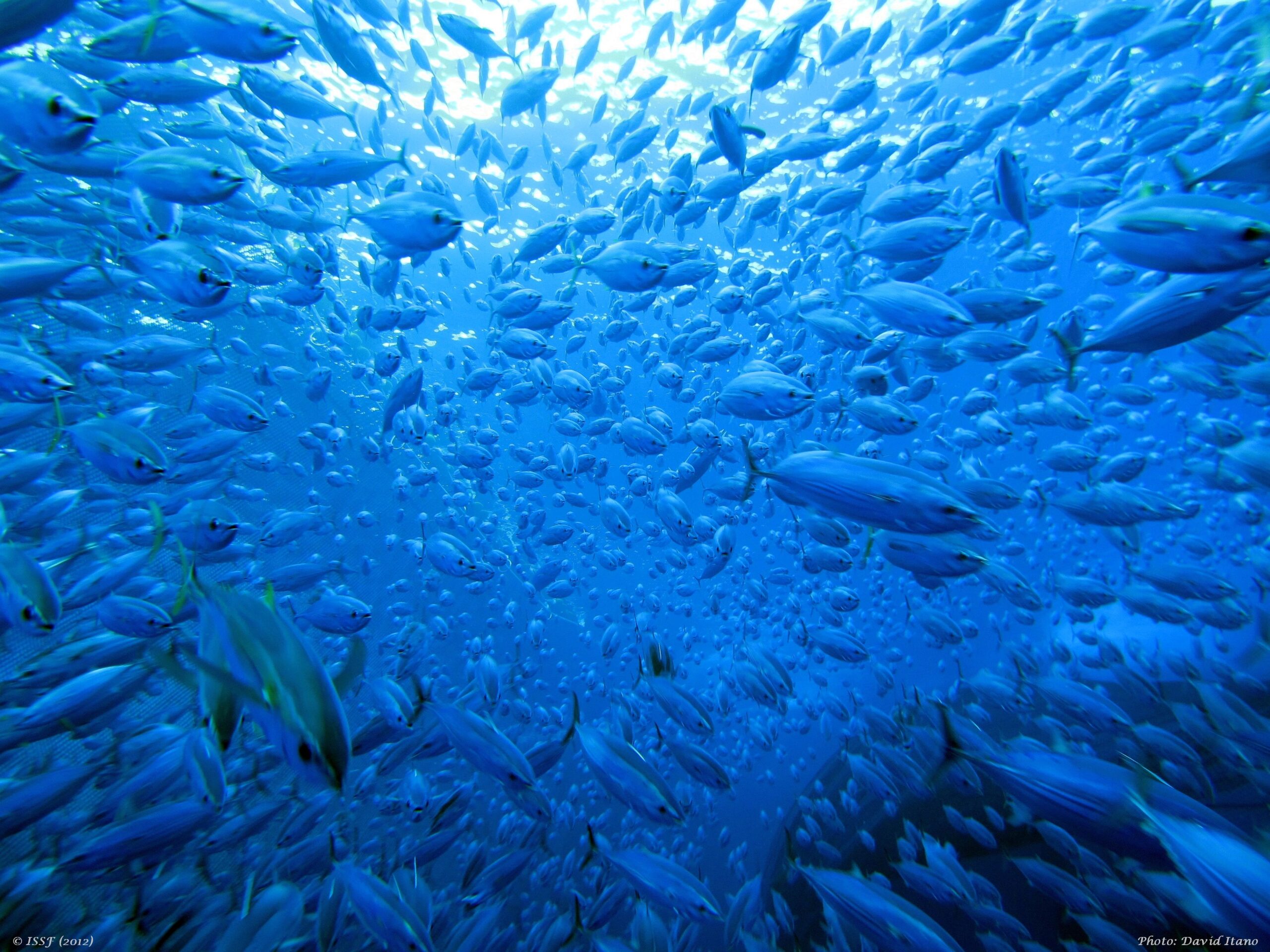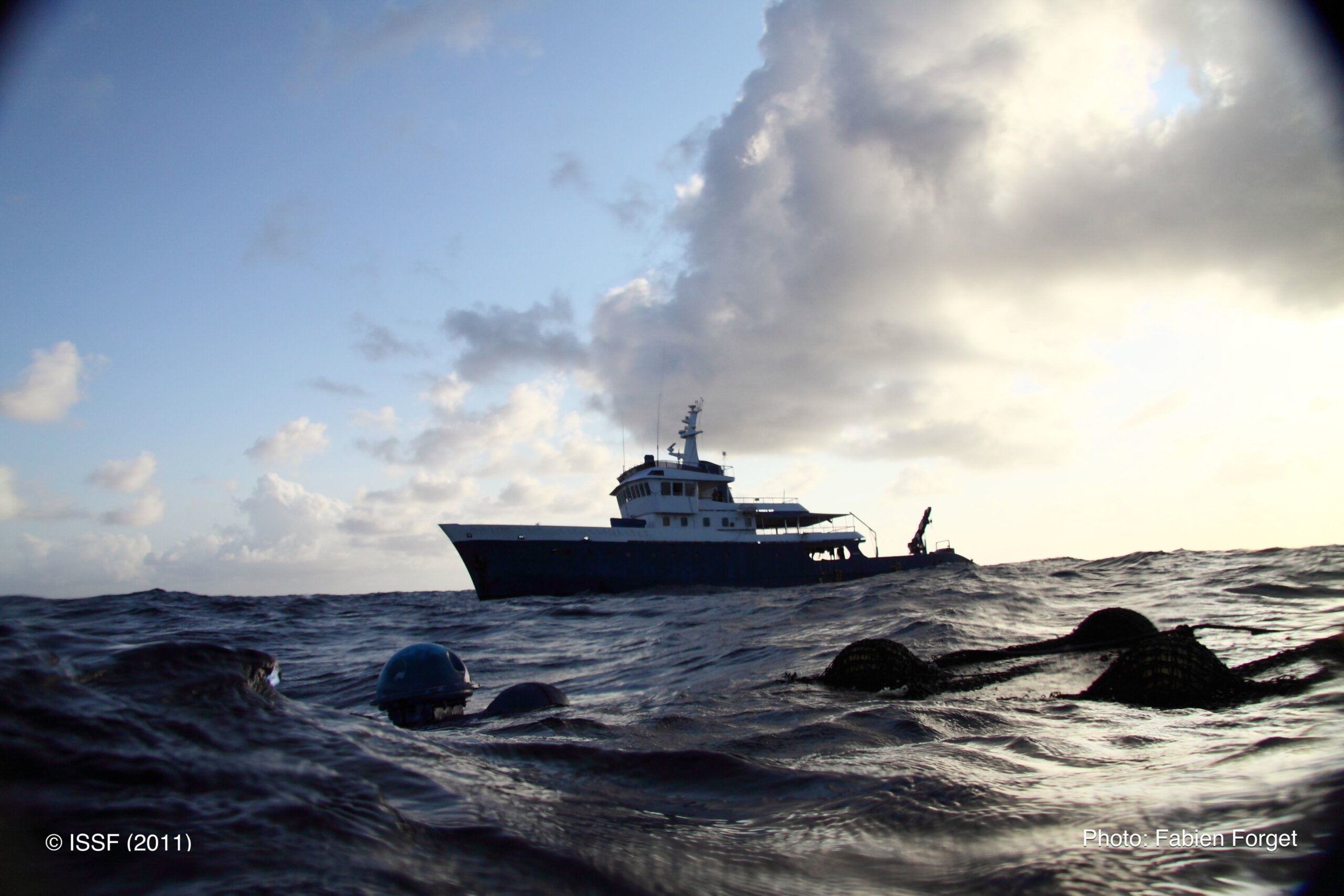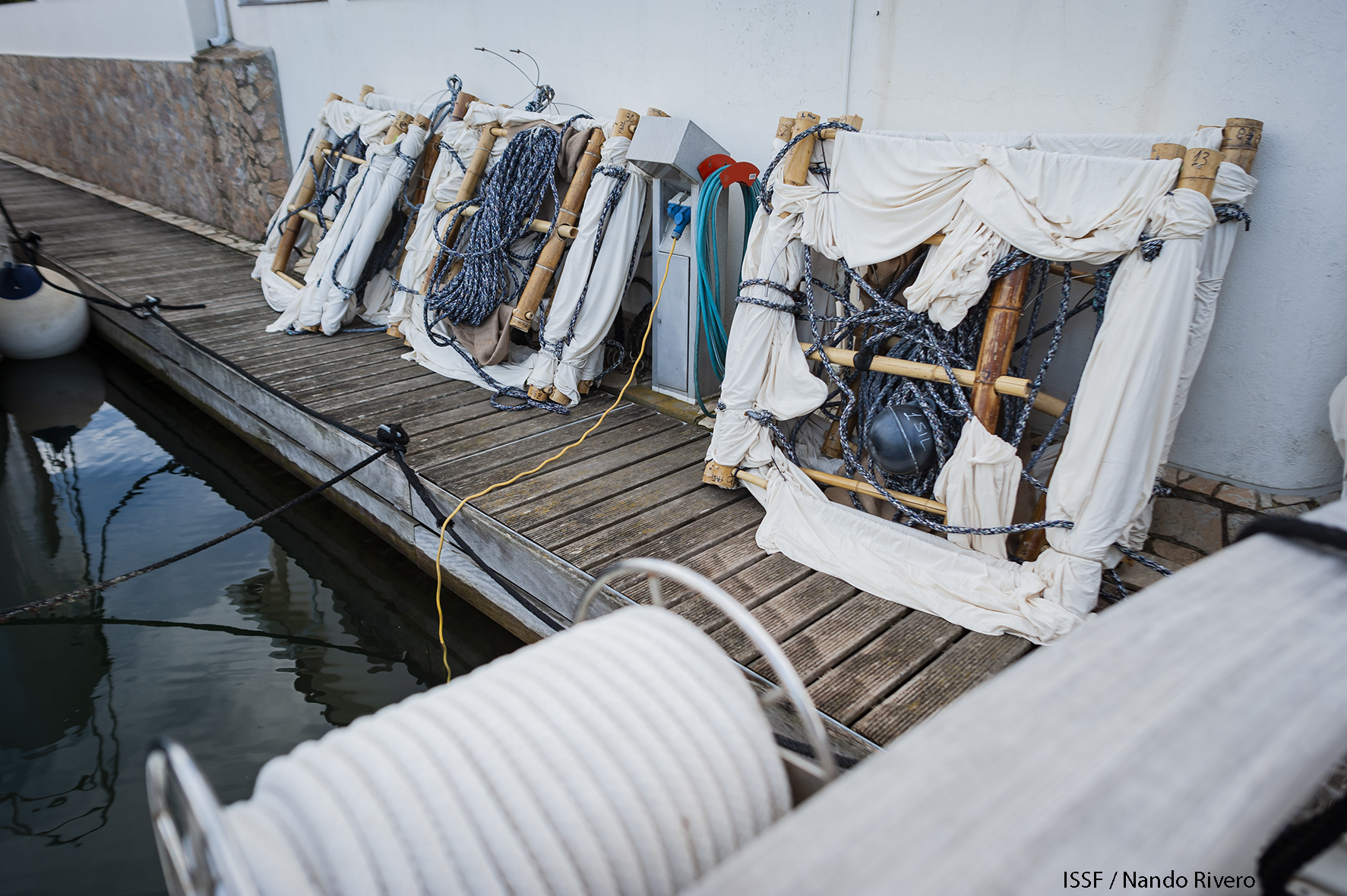Celebrating World Tuna Day | NEW Jelly-FAD Construction Guide
May 2 is World Tuna Day.
ISSF’s research and advocacy work – from producing an annual Status of the Stocks report to attending Regional Fisheries Management Organization (RFMO) meetings – aims to ensure effective, science-based conservation and management of tuna resources globally.
Tuna species are a valuable food source for millions of people and fundamental to the global economy. In 2022, the catch of major commercial tuna stocks totaled about 5.2 million tonnes. Tuna also are integral to the health of the greater marine ecosystem.
ISSF provides data, best-practices recommendations, and other expertise to help keep tuna stocks at sustainable levels. Today’s E News shares the latest output of our collaborative work with scientists, fishers, seafood companies, conservationists, and others on science-based initiatives for the long-term sustainability of global tuna fisheries.
Featured News
First-Ever Jelly-FAD Construction Guide Helps Fishers Build Netting-free, Biodegradable FADs for More Sustainable Tuna Fishing
ISSF has published a comprehensive step-by-step guide that shows commercial tuna fishers how to build “jelly-FADs” — an innovative, nearly 100% biodegradable and non-entangling design for fish aggregating devices (FADs).
For many years, FADs have been a widely used fishing strategy due to their high efficiency for catching tuna. About 38% of the global tuna catch is made with FADs. But conventional FADs can have negative impacts, such as contributing to overfishing, bycatch, and marine pollution.
To reduce FAD fishing’s effects on non-target marine animals and ocean ecosystems, ISSF scientists developed the jelly-FAD in collaboration with physical oceanographers from the Institut de Ciències del Mar (CSIC) and tuna fleets — testing and refining the design through workshops, lab research, and at-sea trials in real fishing conditions.
“The Jelly-FAD Construction Guide shows tuna fishers how to build what we believe is the most sustainable non-entangling FAD to date,” said Dr. Gala Moreno, ISSF senior scientist. “The jelly-FAD represents a new concept in drifting FADs (DFADs), whose structure and materials have been relatively static for decades. To make jelly-FADs, you do not need to have unusual materials, special equipment, or advanced carpentry skills. We intend the jelly-FAD to be as simple and affordable as possible for fishers around the world to build.”
Inspired by the neutral buoyancy of jellyfish, the jelly-FAD design not only is made without netting but also is almost completely biodegradable, and it offers additional sustainability and durability advantages over previous non-entangling FAD (NEFAD) and biodegradable FAD (bio-FAD) designs.
Featured Resource
Web Feature Explores Challenges and Solutions in FAD Fishing
Complementing the Jelly-FAD Construction Guide is “Fresh Thinking About FADs”— a new, immersive ISSF Web feature that illustrates ISSF’s efforts to foster sustainable fishing approaches, including the jelly-FAD.
“Fresh Thinking” tells the visual story of improving FAD design and management as readers scroll through interactive content that includes animated infographics and under-water photography. It describes how FADs have changed over time; the environmental drawbacks of conventional FAD designs; the jelly-FAD characteristics that help to reduce bycatch and ocean pollution; and science-based solutions for more sustainable FAD design and management, which ultimately support healthier tuna fisheries and oceans.
“No fishing method is without impact, but collaborative efforts are making fishing with FADs more sustainable,” noted Victor Restrepo, Vice President, Science, ISSF. “We still have work to do toward improving the use of FADs while ensuring that there are plenty of fish in the sea. But we’ve made substantial progress to date. ISSF and likeminded organizations will continue to work toward achievable, science-based solutions for reducing the impact of FAD fishing on global tuna fisheries and the broader marine ecosystem.”
View the interactive web feature



